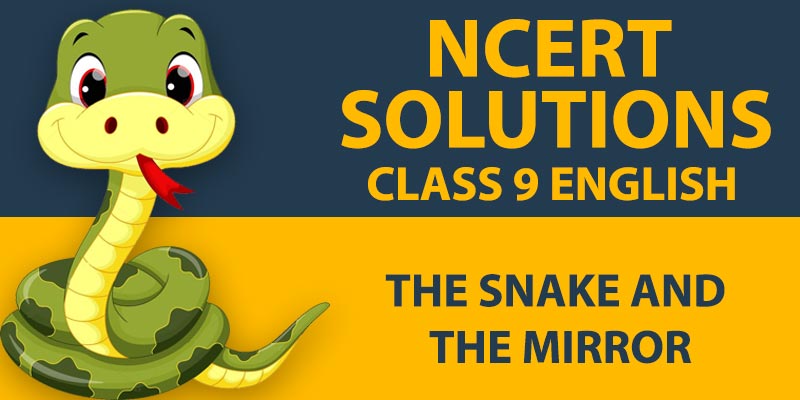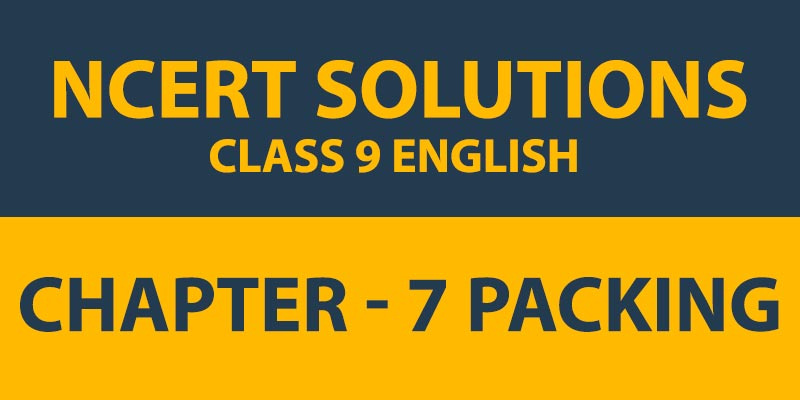NCERT Solutions for Class 10 Geography Chapter 6 Manufacturing Industries
The solutions for Chapter 6 – Manufacturing Industries are given below. Students can also check the NCERT Solutions Class 10 of other subjects.
Page No. – 79
Exercises
1. Multiple choice questions.
(i) Which one of the following industries uses limestone as a raw material.
a) Aluminium (b) Cement (c ) Sugar (d) Jute
Solution: (b) Cement
(ii) Which one of the following agencies markets steel for the public sector plants?
a) HAIL (b) SAIL (c ) TATA Steel (d) MNCC
Solution: (b) SAIL
(iii) Which one of the following industries uses bauxite as a raw material?
a) Aluminium (b) Cement (c ) Jute (d) Steel
Solution: (a) Aluminium
(iv) Which one of the following industries manufactures telephones, computer, etc?
a) Steel (b) Electronic (c ) Aluminium (d) Information Technology
Solution: (b) Electronic
Also See: Lifelines of National Economy NCERT Solutions for Class 10 Geography Chapter 7
2. Answer the following briefly in not more than 30 words.
(i) What is manufacturing?
Solution:
Manufacturing is the production of goods in large quantities after processing from raw materials to more valuable products. For e.g.,- paper is manufactured from wood, sugar from sugarcane, iron and steel from iron ore and aluminium from bauxite.
(ii) Name any three physical factors for the location of the industry.
Solution:
Three physical factors for the location of the industry are:
- Availability of raw materials
- Closeness to market
- Availability of power
For e.g., – Jute textile industry is concentrated in West Bengal as the jute producing areas lie in the Hugli basin and there is cheap water transport for transportation and for processing of jute.
(iii) Name any three human factors for the location of an industry
Solution:
Three human factors for the location of an industry are:
- Labour
- Capital
- Closeness to cities
For e.g., – Jute textile industry in West Bengal gets cheap labour from the adjoining states, and Kolkata is a large urban centre for banking, insurance and port facilities.
(iv) What are the basic industries? Give an example.
Solution:
Basic or key industries are the industries which supply their product or raw materials to manufacture other goods.
Example – Iron and steel industries provide iron and steel to other industries as the raw material.
(v) Name the important raw materials used in the manufacturing of cement?
Solution:
Important raw materials used in the manufacture of cement are:
- Limestone
- Silica
- Alumina
- Gypsum
3. Write the answers to the following questions in 120 words.
(i) How are integrated steel plants different from mini steel plants? What problems does the industry face? What recent developments have led to a rise in production capacity?
Solution:
Integrated steel plants are large and handle everything in one complex – from putting together raw material to steel making, rolling and shaping.
Mini steel plants are smaller, have electric furnaces, use steel scrap and sponge iron. They have re-rollers that use steel ingots as well. They produce mild and alloy steel of given specifications.
The challenges faced by the steel industry are:
- High cost and limited availability of coking coal
- Lower productivity of labour
- Irregular supply of energy
- Poor infrastructure
Recent developments such as liberalisation and foreign direct investment (FDI) have given a boost to the industry with the efforts of private entrepreneurs.
(ii) How do industries pollute the environment?
Solution:
Industries are responsible for four types of pollution:
- Air
- Water
- Land
- Noise
Air pollution is caused by the presence of a high proportion of undesirable gases, such as sulphur dioxide and carbon monoxide and airborne particulate matter.
Water pollution is caused by organic and inorganic industrial wastes, and effluents discharged into water bodies. Paper, refineries and tanneries are the main culprits.
Soil and water pollution are closely related. Dumping of waste makes the soil useless for agricultural activities. The pollutants then reach the groundwater through the soil and contaminate it.
Noise pollution is caused by industrial machinery and construction activities.
(iii) Discuss the steps to be taken to minimise environmental degradation by industry.
Solution:
The steps that can be taken to minimise environmental degradation by industries are:
- Adopting the latest techniques and upgrading existing equipment to improve energy efficiency.
- Providing green belts for nurturing ecological balance.
- Particulate matter in the air can be reduced by fitting smokestacks to factories with electrostatic precipitators, fabric filters, scrubbers and inertial separators.
- Using silencers for noise generating equipment.
- Minimising water usage by reusing and recycling it in two or more successive stages.
- Harvesting of rainwater to meet water requirements
- Treating hot water and effluents before releasing them in rivers and ponds. Treatment of industrial effluents can be done in three phases:
- Primary treatment by mechanical means. This involves screening, grinding, flocculation and sedimentation.
- Secondary treatment by biological process
- Tertiary treatment by biological, chemical and physical processes. This involves the recycling of wastewater.
Also See: Mineral and Energy Resources Geography Chapter 5 CBSE Class 10 NCERT Solutions





